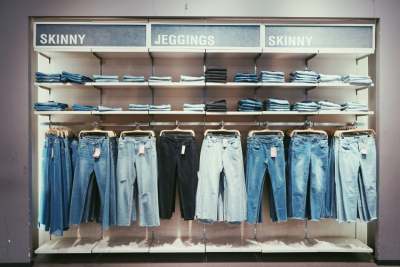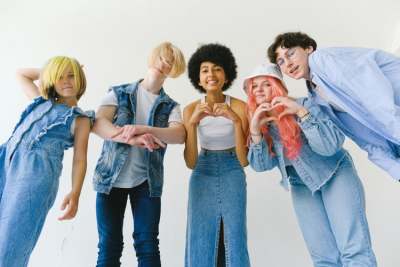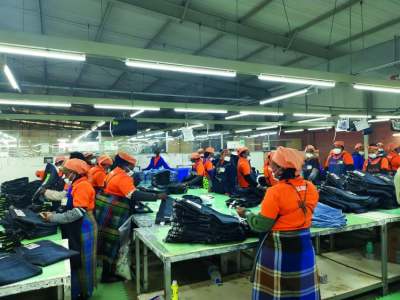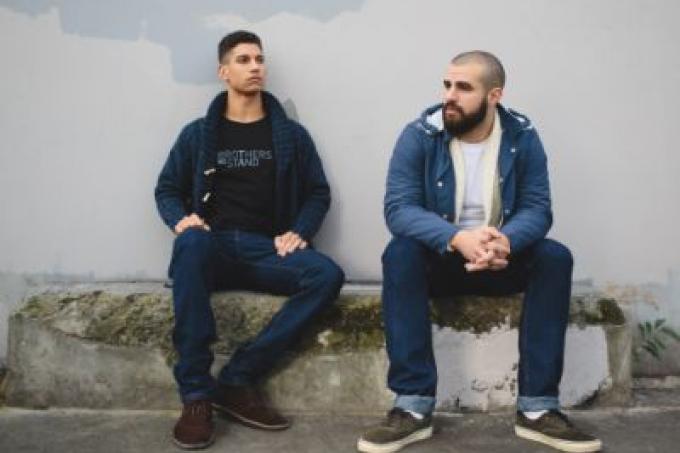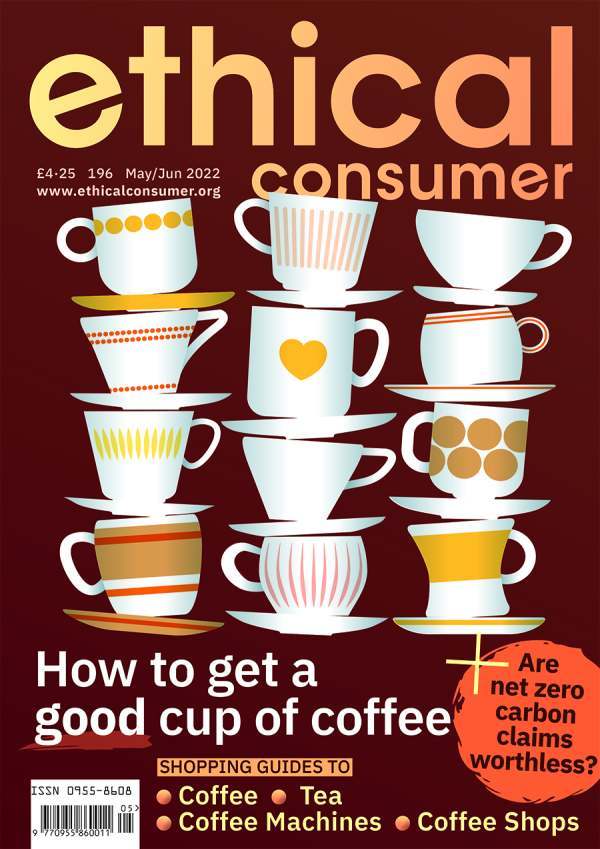Groundbreaking worker-led rights programme in jeans supply chains bears fruit
A specific type of workers’ rights programme, called ‘Worker-driven Social Responsibility’ (WSR), has proven successful at addressing systemic and widespread workers’ rights abuses in different sectors worldwide.
One WSR programme exists in the Levi’s supply chain in Lesotho, South Africa, known as the ‘Lesotho Agreement’.
Constant sexual harassment at Lesotho denim factories
Lesotho is Africa’s second-largest exporter of clothing (after Kenya), and approximately 80% of Lesotho's garment workers are female, while most supervisors are male. A 2019 investigation by the NGO Worker Rights Consortium exposed severe and extensive sexual violence, coercion and abuse affecting workers at three garment factories in Lesotho, which collectively employed 10,000 workers. This violated the country’s labour laws, international standards, and the codes of conducts of the brands to whom they were major suppliers, including Levi’s.
Damning investigation forces brands to the table WRC’s damning investigation created very bad publicity for brands sourcing from these factories, including Levi’s, Wrangler, and Lee, where workers were being abused. Rola Abimourched, Deputy Director of Investigations and Gender Equity at Worker Rights Consortium, says: “It was the combination of brands feeling like their reputation was coming under fire, combined with unions and NGOs presenting a solution that would work, that led to brands taking action.”
How does the WSR programme work?
WSR programmes can look very different to each other because they are hand-tailored to the unique needs of workers in that specific sector and location. But all of them involve a big brand becoming legally responsible for suspending orders with a supplier if the programme requirements are violated.
Here are four of the key elements of the Lesotho WSR programme:
- It established an independent complaints investigation body which decides whether, and what, disciplinary action must be taken when a worker speaks out against the supplier. (Usually, complaints mechanisms are run by brands or suppliers… Who came up with that daft idea?)
- It got brands (Levi’s, Kontoor brands which owns Lee and Wrangler, and The Children’s Place) to sign a legally binding agreement. This is what ensures that the disciplinary action decided by the complaints body actually happens – because if the supplier fails to act, brands must legally reduce orders with it.
- A massive worker education programme in which all workers receive paid training on what their rights are and how to complain.
- Brands were obliged to provide funding for the first two years of the programme.
What’s the impact of the WSR programme?
Today, most workers have a basic level of trust in the complaint mechanism and a willingness toreport abuse through it – a major transformation from the previous attitudes to reporting genderbased violence and harassment at the factories.
Reversing the race to the bottom
WSR is a fascinating model because it turns the usual relationship between brands and suppliers on its head. Usually, big brands scour the globe to find the cheapest suppliers, then try to pressure them into lowering costs further. Suppliers therefore cut costs more and workers pay the price. WSR programmes show how brands’ buying power can be used to pressure suppliers to improve conditions for workers instead.

